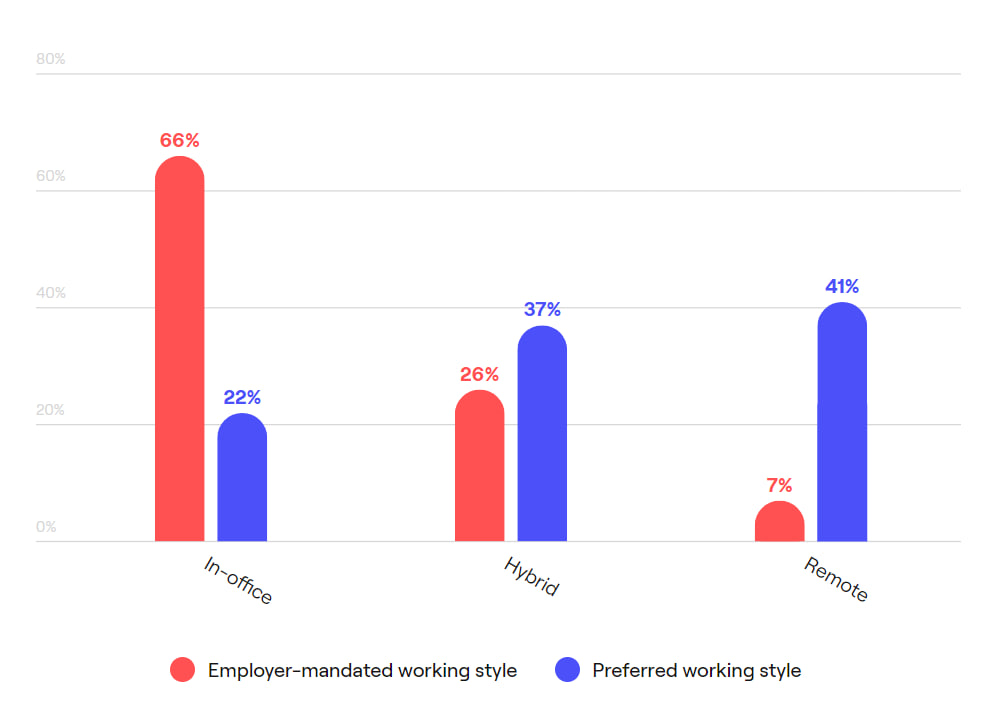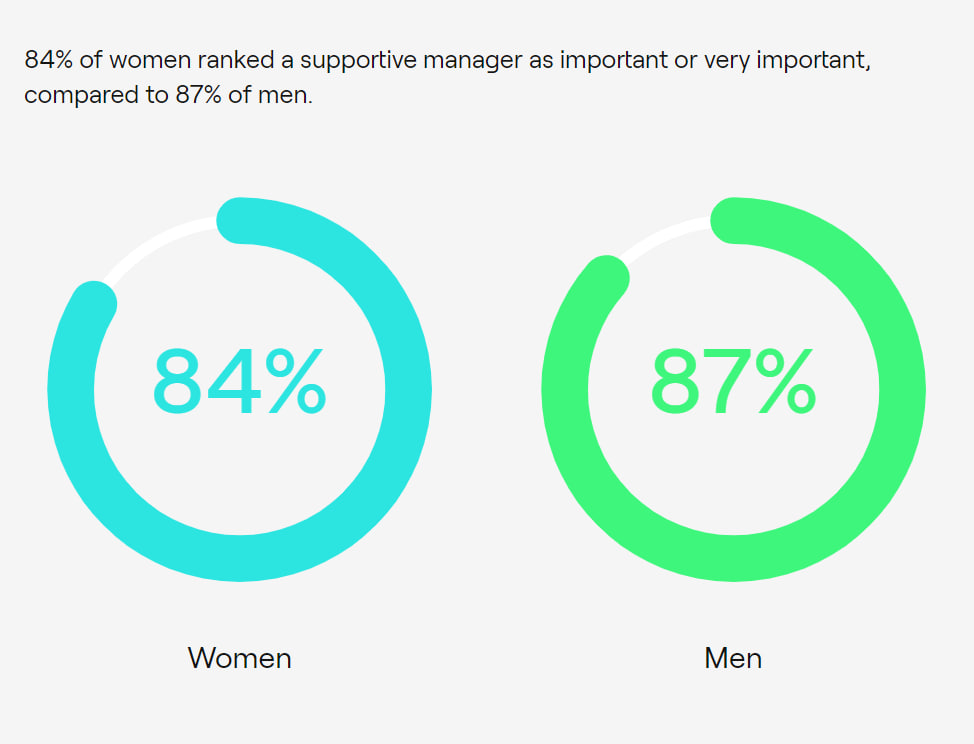As employees are gradually returning to the offices, HR professionals play a crucial role in ensuring a smooth transition. In this blog post, we will explore key strategies that HR professionals can implement to support employees in adapting to the new normal. Drawing insights from a recent survey conducted by Owl Labs, we will provide valuable tips to make the return-to-office experience positive and successful.
Understanding Employee Sentiments
According to the Owl Labs survey, most employees (66%) are now back in the office full-time; however, many are not entirely satisfied with this arrangement. It is crucial for HR professionals to be aware of these sentiments and address them effectively. Here are some strategies:

Foster Effective Communication
Maintain open lines of communication to address concerns or worries that employees may have regarding the returning to office policy. Regularly update employees on the company’s plans, safety measures, and any changes in policies. Encourage transparent feedback and two-way communication channels to ensure employees feel heard and supported.
Flexibility in Work Arrangements
While some employees may have concerns about returning to the office full-time, others may prefer a hybrid or flexible work arrangement. Explore the possibility of accommodating individual needs and finding a balance between in-office and remote work. This can help alleviate stress and improve employee morale.
Check out our previous blog post on “How to Foster a Positive Remote Work Environment” to gain insights into maintaining a flexible work environment.
Well-being and Support Programs
Transitioning back to the office can be mentally and emotionally challenging for some employees. HR professionals should consider implementing well-being programs, providing access to resources for mental health support, and promoting a healthy work-life balance. Organize seminars or workshops on stress management, mindfulness, and adaptability to help employees cope effectively.
Check out our blog post on “The Latest Trends in Employee Benefits” to get some ideas.
Transparent and Supportive Leadership
Leadership plays a crucial role in setting a positive example and supporting employees through the transition. Encourage managers to provide support and guidance, offer opportunities for one-on-one check-ins, and create a safe environment for employees to voice concerns. Transparent and supportive leaders can help alleviate anxiety and foster a sense of belonging.

As employees return to the office, HR professionals have a unique opportunity to provide the necessary support and ensure a successful transition. By fostering effective communication, offering flexibility, prioritizing well-being, and promoting transparent leadership, HR professionals can create a positive and supportive environment for all employees.
Remember, the return-to-office process is a journey, and adapting to individual needs and preferences is key to building a strong and engaged workforce.